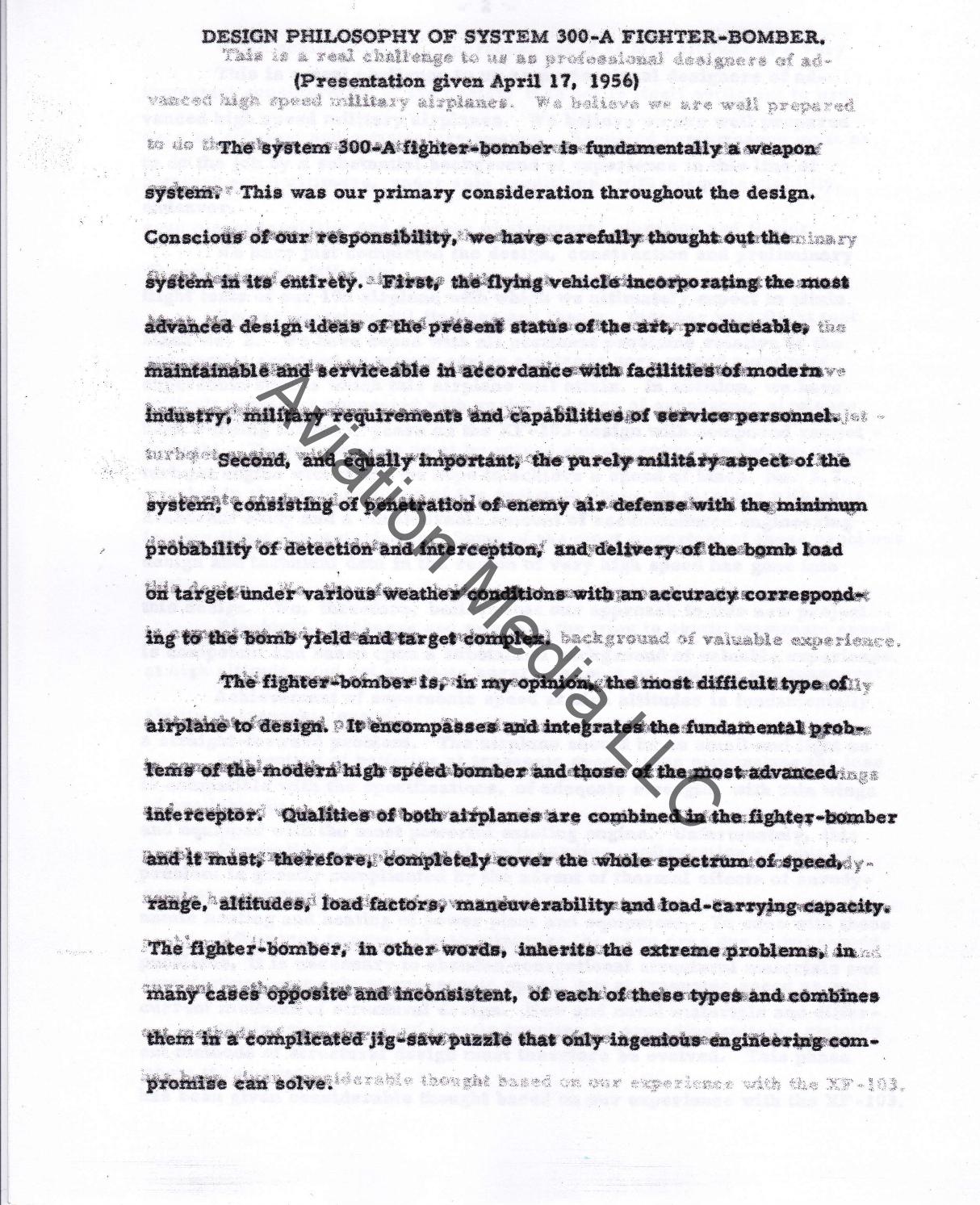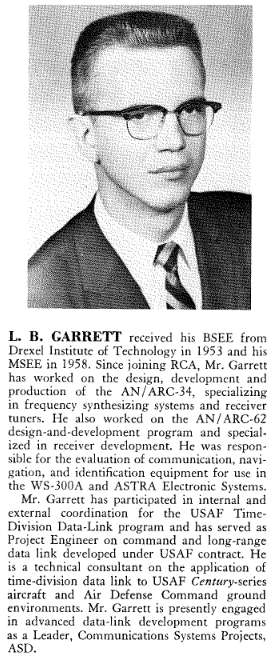You are using an out of date browser. It may not display this or other websites correctly.
You should upgrade or use an alternative browser.
You should upgrade or use an alternative browser.
- Joined
- 21 May 2006
- Messages
- 2,709
- Reaction score
- 1,631
Just found this included in a comment at another website:
(Source: http://www.abovetopsecret.com/forum/thread79899/pg4)
Just wondering if circle-5 could possibly confirm or deny, by seeing if your marvelous desktop model might have a weapons bay on its underside please???
Regards
Pioneer
"....and also included an internal weapons bay, unlike either of the similar looking designs we were debating."
(Source: http://www.abovetopsecret.com/forum/thread79899/pg4)
Just wondering if circle-5 could possibly confirm or deny, by seeing if your marvelous desktop model might have a weapons bay on its underside please???
Regards
Pioneer
acegeek9992
ACCESS: Confidential
- Joined
- 25 March 2021
- Messages
- 111
- Reaction score
- 72
Me here, I'd like to see a pic or two on what the Martin M-315 looked like. I've tried searching it up and I've got no results so farHi All!
WS-300A/FBX proposals:
1) North American Model NA-237
2) Republic Model AP-?
3) Martin Model M-315 (Fighter bomber (unconventional takeoff))
I think that participated.
4) Boeing Model B-7??
I think that participated.
5) GD/Convair Model ?
I think that participated.
6) Douglas model D-1???
I think that participated.
7) Lockheed Model CL-?
I think that participated.
8) McDonnell Model M-11?
I think that participated.
9) Northrop Model N-16? or PD-?
I think that participated.
What can we say about this?
acegeek9992
ACCESS: Confidential
- Joined
- 25 March 2021
- Messages
- 111
- Reaction score
- 72
How so?You know it comes to mind that if the CL366-2 had become a reality, a visual range dogfight between a CL366-2 equipped force and a Mig 21 group would have not been fun. For either side.
acegeek9992
ACCESS: Confidential
- Joined
- 25 March 2021
- Messages
- 111
- Reaction score
- 72
Lemme guess, is this the NA-237?By popular (PM) request, two more photos of the NAA WS-300A proposal model, including a profile view.
Last edited:
- Joined
- 18 October 2006
- Messages
- 3,876
- Reaction score
- 3,729
Similar profiles. In classic air combat of the time where snap visions of swirling combat, high g's and good old fear can make you mind see things it could have been difficult for anyone to differentiate friend from foe.How so?You know it comes to mind that if the CL366-2 had become a reality, a visual range dogfight between a CL366-2 equipped force and a Mig 21 group would have not been fun. For either side.
acegeek9992
ACCESS: Confidential
- Joined
- 25 March 2021
- Messages
- 111
- Reaction score
- 72
I see. In other words, some unlucky blokes on both sides end up mistaking their buddies for the enemy within the chaos of dogfighting and commit friendly fireSimilar profiles. In classic air combat of the time where snap visions of swirling combat, high g's and good old fear can make you mind see things it could have been difficult for anyone to differentiate friend from foe.How so?You know it comes to mind that if the CL366-2 had become a reality, a visual range dogfight between a CL366-2 equipped force and a Mig 21 group would have not been fun. For either side.
A Tentative Fleet Plan
I really should change my personal text
- Joined
- 9 April 2018
- Messages
- 927
- Reaction score
- 1,859
A paper by Alexander Kartveli, dated April 16th 1956, describing the Republic WS-300A design:

 issuu.com
issuu.com
A high wing and low tail, like those of the XF-103 and F-105 would be adopted
The aircraft would have had a pair of air intakes, one on either side, underneath and projecting ahead of the leading edge of the wing, with a single all-moving tail fin, wing-tip ailerons, and would have also had a large folding ventral tail fin.
The aircraft would have had a single Pratt & Whitney JT9A-20, with the Allison J-89 as an alternative. An alternative design with a pair of General Electric X-275s was also apparently studied.
Avionics and cockpit displays would have been provided by RCA and Minneapolis-Honeywell. An XF-103-style escape was also considered.

WS-300A (300-A)
Kartveli pitch document for winning the top secret design of new fighter-bomber in 1956
A high wing and low tail, like those of the XF-103 and F-105 would be adopted
The aircraft would have had a pair of air intakes, one on either side, underneath and projecting ahead of the leading edge of the wing, with a single all-moving tail fin, wing-tip ailerons, and would have also had a large folding ventral tail fin.
The aircraft would have had a single Pratt & Whitney JT9A-20, with the Allison J-89 as an alternative. An alternative design with a pair of General Electric X-275s was also apparently studied.
Avionics and cockpit displays would have been provided by RCA and Minneapolis-Honeywell. An XF-103-style escape was also considered.
Scott Kenny
ACCESS: Above Top Secret
- Joined
- 15 May 2023
- Messages
- 5,999
- Reaction score
- 4,852
Do we have any surviving specs for how big that was supposed to be? The cockpit windows make it look like it's MiG-25 or even -31 sized...North American Aviation factory model of WS-300A proposal.
Kuznetsov777
ACCESS: Restricted
- Joined
- 26 March 2020
- Messages
- 4
- Reaction score
- 3
the american Mig-21PFCL-366 was Lockheed-California submission to WS-300A for fighter-bomber with secondary interception capability due to enter service in 1962. At least two configurations were studied, one canard and one conventional. LCAC submitted CL-366-1 because it offered a better range (777 nmi combat radius versus 482nmi). Performance requested by RFP were inter alia max 1500 feet take-off run at combat weight and max speed in clean configuration of Mach 3.0 at 88.000 feet. Same general configuration was used for Navy/USMC of some months later. Navy version was CL-398. t is unknown if this last was in response to formal RFP or company tender. If former, could be a competitor of the unidentified USMC-marked NAA fighter found in model form by Tony Buttler some time ago.
- Joined
- 22 April 2012
- Messages
- 2,318
- Reaction score
- 1,841
A paper by Alexander Kartveli, dated April 16th 1956, describing the Republic WS-300A design:

WS-300A (300-A)
Kartveli pitch document for winning the top secret design of new fighter-bomber in 1956issuu.com
A high wing and low tail, like those of the XF-103 and F-105 would be adopted
The aircraft would have had a pair of air intakes, one on either side, underneath and projecting ahead of the leading edge of the wing, with a single all-moving tail fin, wing-tip ailerons, and would have also had a large folding ventral tail fin.
The aircraft would have had a single Pratt & Whitney JT9A-20, with the Allison J-89 as an alternative. An alternative design with a pair of General Electric X-275s was also apparently studied.
Avionics and cockpit displays would have been provided by RCA and Minneapolis-Honeywell. An XF-103-style escape was also considered.
Its a shame that page 4 is missing, based on the imprint of it on page 3 it would explain the planform. In the absence of that, this sounds like a planform similar to the XF-103 (including the folding stabiliser) on an enlarged and refined F-105 style fuselage with enlarged air intakes. The section about the flush rotating bomb bay states that it would "also carry the defensive armament of the airplane", this leaves me wondering if air-to-air guided missiles were to be carried in the bomb bay alongside the Mark 27 or Mark 28. The AIM-4 was 6ft 6" long so 2-3 of them carried in the forward part of the bay, in a similar configuration to the F-101, ahead of the nuclear store should have been possible within a 20ft long bay. For reference, the F-105 bay was 15ft 10" long. Either way, this would have been a big aircraft for a single seat and single engine type.
The chosen Pratt and Whitney JT9A-20 was the J91, the attached table is from The Engines of Pratt & Whitney: A Technical History, the 40,000lb take-off thrust aligns with the J91-5. The experimental J91 was known as the X291. We have a thread on the alternative J89 here. We also have a thread on the J79-GE-200 series, elsewhere I have seen a thrust of 20,700lb for the J79-GE-275. It seems logical that the twin engine NAA submission would have used the J79-GE-275 too.
On the RCA angle, the October-November edition of the RCA in-house publication RCA Engineer (available at the Hagley Digital Archives) has a brief profile of L. B. Garrett who was responsible for "the evaluation of communications, navigation, and identification equipment for use in the WS.300A".
Attachments
Last edited:
- Joined
- 3 June 2011
- Messages
- 17,332
- Reaction score
- 9,070
Huh. I always thought it was weird that the US never developed any turbojets much over 30k until the F135 (unless you jump all the way up to the SST engines). If you needed more power you added engines. Quite a few 4-engined fighter/interceptor designs out there as a result. Whereas the USSR had everything up to 55k. Learn something new every day.The chosen Pratt and Whitney JT9A-20 was the J91, the attached table is from The Engines of Pratt & Whitney: A Technical History, the 40,000lb take-off thrust aligns with the J91-5.
BlackBat242
OK, I changed my personal text ;)
- Joined
- 10 April 2013
- Messages
- 776
- Reaction score
- 1,905
The J91 was also a candidate engine for the B-70A if it had entered production (the Allison J89-A-1 was another).
Similar threads
-
-
Long road to the F-111: TAC, SOR.183, SDR 17, WS-324A, TFX
- Started by devi
- Replies: 372
-
Competition of the WS-131B/GAM--77 Hound Dog
- Started by nugo
- Replies: 6
-
Low-level long range strategic cruise missile carrier bomber
- Started by nugo
- Replies: 2
-


